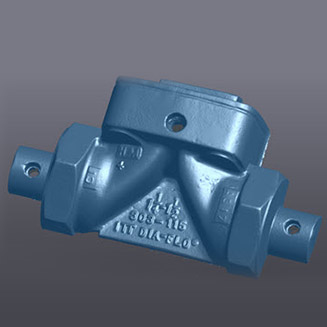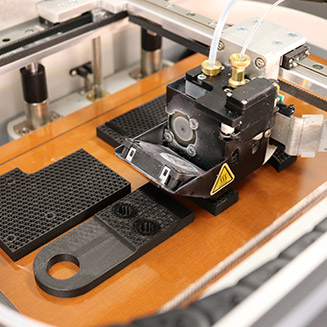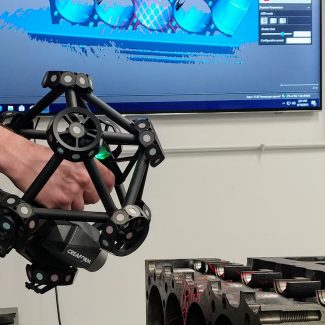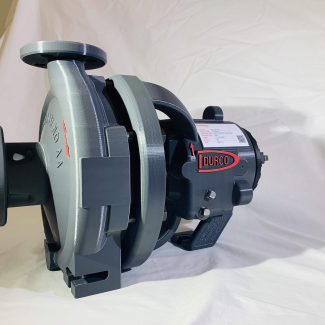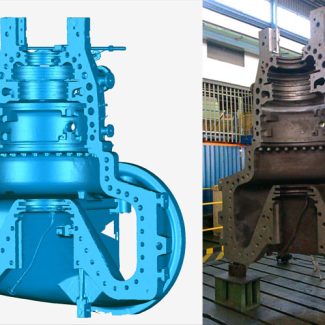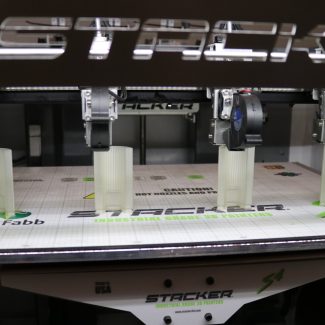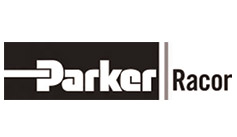What is the Investment Casting Process?
If you’re a part of the metalworking industry, it’s only natural for you to wonder how intricate metal components are produced. For the most part, the answer lies in the Investment Casting Process. In this process, liquid matter is poured into a shaped ceramic mold and left to cool. Once it’s solidified, the mold is removed from the metal, and you’re done.
Let’s break down the details of how the Investment Casting Process works so that you can know if you need it for your project. Here’s a look at the steps involved in this process:
Design Creation
The process starts with creating a full design of detailed wax (using a metal injection die) or plastic patterns. Here, the print dimensions are checked to see if they fit with the investment casting method. This model includes an allowance for thermal contraction.
Organizing the Wax Pattern
After making the wax pattern, it’s put together with other wax components, making anywhere from one to 100 patterns. These patterns are then glued onto a pre-made wax pathway referred to as a “tree.”
Making the Ceramic Mold
Once the wax tree is ready, it’s dipped into a ceramic slurry until it’s entirely immersed. Then, it’s pulled out, covered in sand, and allowed to dry. Repeating the process around 6-8 times creates a strong ceramic shell around the wax pattern.
De-Waxing
The dried ceramic shell is strong enough to hold the molten metal during wax removal. The whole assembly goes into a steam autoclave to remove the wax. This leaves the ceramic mold with a space shaped like the one you want to make.
Casting
Next, the mold is preheated to 1000°C and filled with melted metal to make the final metal casting. This process works with almost all types of metal mixtures. However, whether to go for vacuum melting or regular air melting depends upon the metal mix.
Finishing Operations
Finally, the cooled-down metal, known as the knockout operation, is broken off from the mold shell. The pathways used to pour in the metal (gateways and runners) are removed, and the final touches, like grinding or machining, are done to get the desired dimensions.
All in all, investment casting is a great method choice for detailed metal pieces that need extra precision. But don’t forget that your steps might change depending on the complexity. Do you need this for your project? Please contact us for more information.

